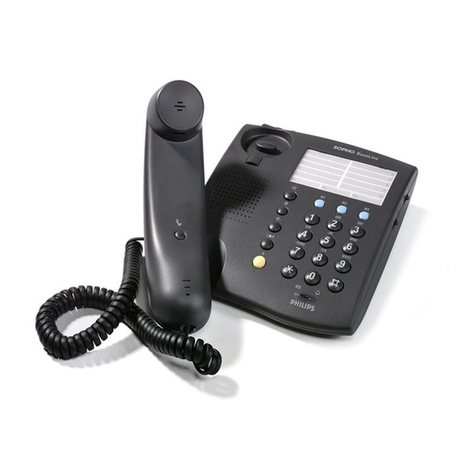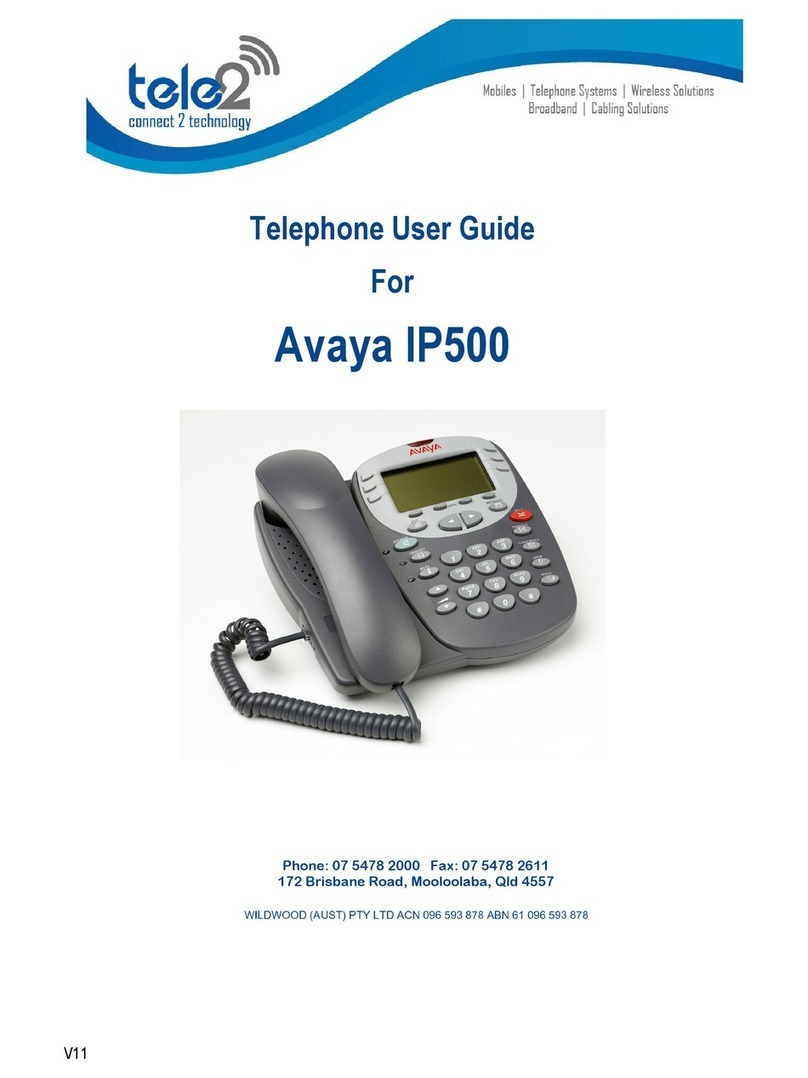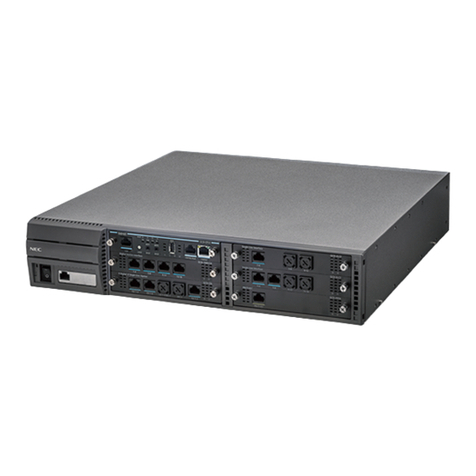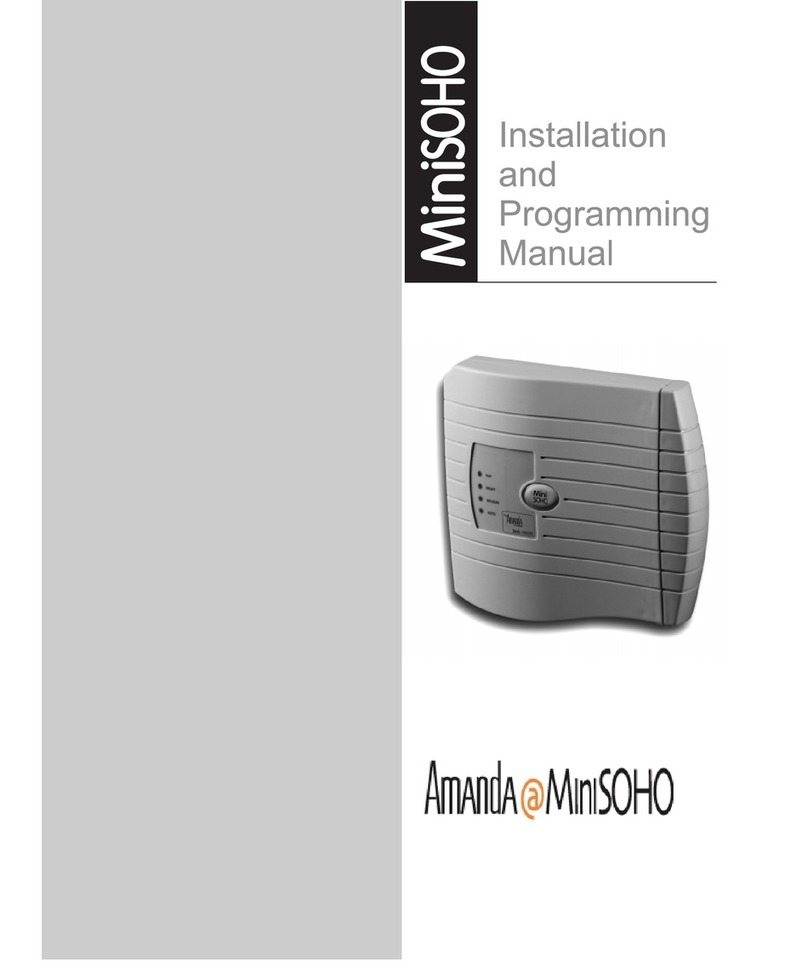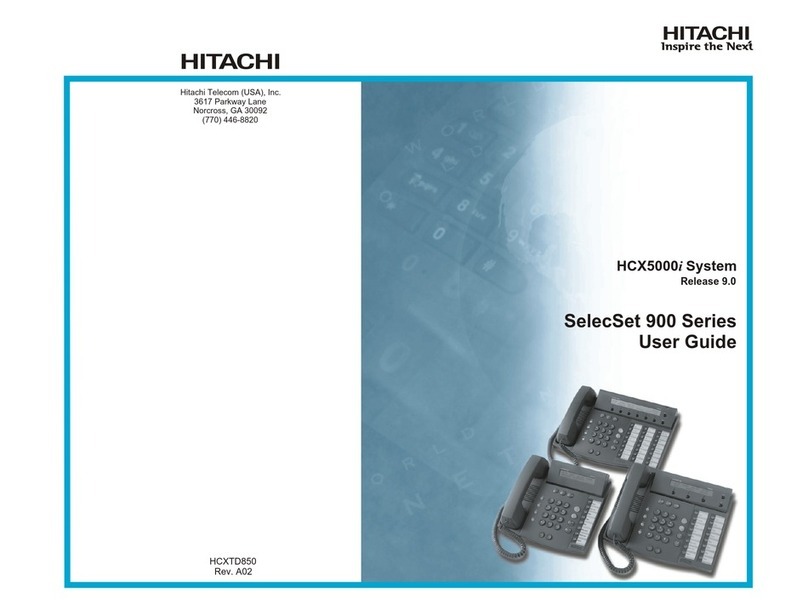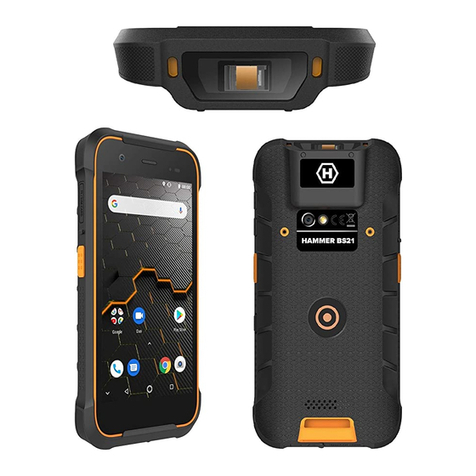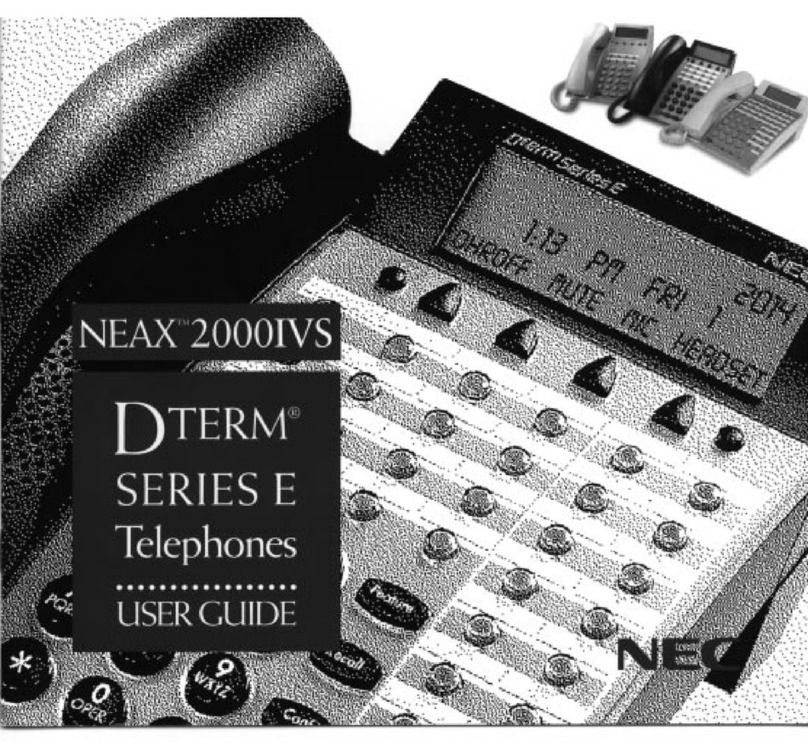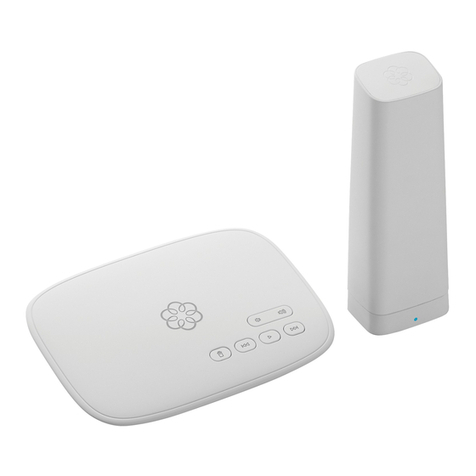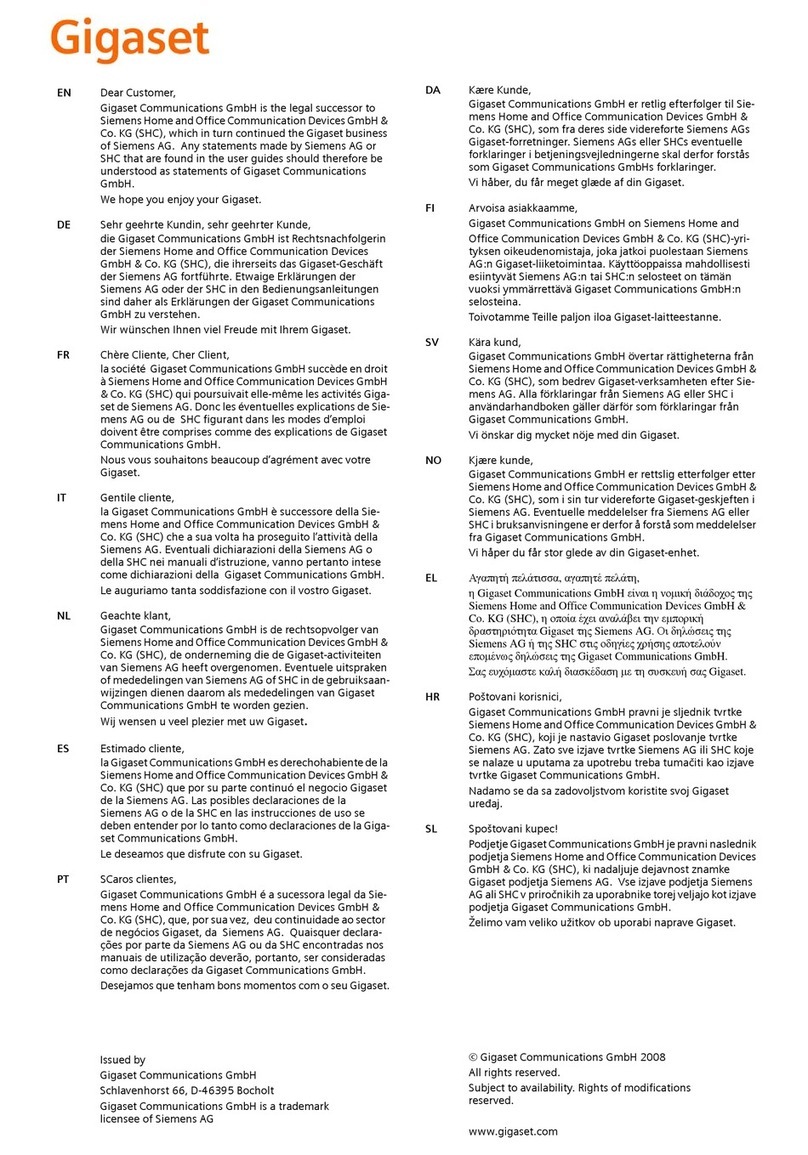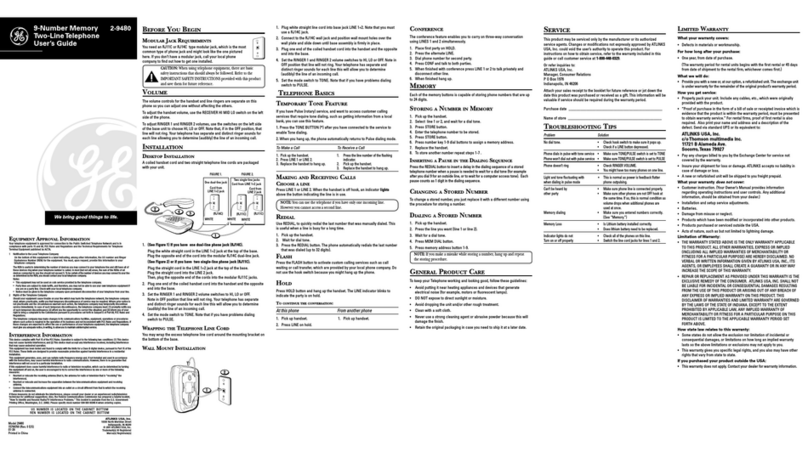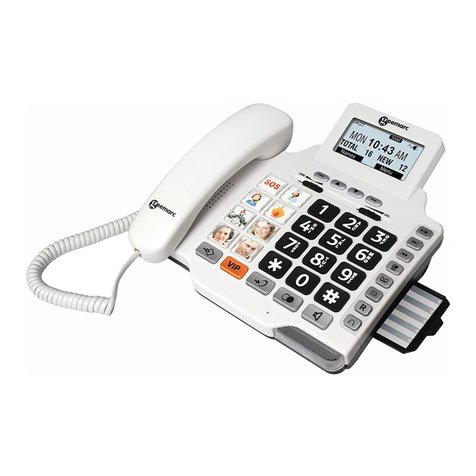Northern Modular Telephone User manual

i
Meridian 1
Meridian Modular Telephone User Guide
This Nortel documentation is protected by copyright. It may not be copied in any form or medium except pursuant to the
Nortel License to Copy Documentation ("License").
If a License has been purchased, it will be enclosed with this copy of Nortel documentation.
Information is subject to change without notice. Northern Telecom reserves the right to make changes in design or
components as progress in engineering and manufacturing may warrant.
This equipment has been tested and found to comply with the limits for a Class A digital device pursuant to Part 15 of the
FCC rules, and the radio interference regulations of Industry Canada.
These limits are designed to provide reasonable protection against harmful interference when the equipment is operated in a
commercial environment.
This equipment generates, uses and can radiate radio frequency energy, and if not installed and used in accordance with the
instruction manual, may cause harmful interference to radio communications.
Operation of this equipment in a residential area is likely to cause harmful interference in which case the user will be required
to correct the interference at their own expense.
SL-1 and Meridian 1 are trademarks of Northern Telecom.
© 1998 Northern Telecom
All rights reserved
Copyright Information

Contents
Introducing your Meridian 1 telephone 1
Your telephone’s controls 2
Your telephone’s features 3
Terms you should know 3
Modular options 5
The basics of using your telephone 6
Answering calls 6
Making calls 6
Placing a call on hold 6
Transferring calls 6
On-hook dialing 7
Handsfree 7
PreDial 7
Last Number Redial 8
Last Number Redial on an MSL-100 System 8
Special features 9
Auto Dial 9
Automatic Answerback 9
Buzz 9
Call Pickup (for M-1) 10
Call Pickup Network Wide 10
Auto Dial Transfer 13
Attendant Recall 13
Call Transfer 13
Conference 14
Call Forward 14
Call Forward and Busy Status 14
Call Forward - Internal 15
Electronic Lock 16
Electronic Lock Network Wide (not available on the MSL-100) 17
Remote Call Forward 18
Call Join (not available on the MSL-100) 19
Call Park 20
Call Park - Networkwide 20

Contents
Call Page 21
Call Page - Network Wide 21
Call Waiting 21
Calling Number 22
Charge/Forced Charge 23
Centrex/Exchange Line Switchhook Flash 24
M1 Display/MSL-100 Inspect 24
Forced Camp-on 25
Group Hunt 25
Group Call 26
Hot Line 27
Intercom 27
Make Busy 27
Malicious Call Trace 27
On Hold on Loudspeaker (M2008HF and M2616 only) 28
Held Call Clearing 28
Privacy Release 29
Radio Paging 29
Ring Again 31
Ring Again On No Answer 31
Set-based Administration Enhancements 31
Speed Call 32
Speed Call on Private Lines 32
System Speed Call 32
Stored Number 33
Timed Reminder Recall 34
Override 34
Enhanced Override 35
Priority Override 35
Voice Call 35
Hospitality features 36
Automatic Wake-Up 36
Maid Identification 37
Message Registration 37
Room Status 38
SPRE Code and FFCs 39
Index 41

• • • • 1 • • • •
Introducing your Meridian 1 telephone
This guide introduces you to your new Meridian 1 telephone set. It provides you with a description of the controls
on your telephone, and a description of each feature that is available to you.
Your Meridian 1 Modular telephone gives you easy access to a wide range of business communication features
available with your Meridian 1 telephone system.
Parts of your telephone set
The M2006 has six feature keys; the M2008/M2008HF has eight feature keys; the M2616, shown above, has 16
feature keys and a built-in microphone.
A Display Module Option is available for the M2008/M2008HF and the M2616 models. The M2616 can also
accommodate up to two Key Expansion Modules.
Display Module
LCD Indicators
Speaker
Release (Rls) Key
Hold Key
Message Waiting Light
Feature Keys
Volume Bar
Main Extension Key
K
ey Expansion Module
or Directory Number (DN) Key
Handset
Microphone

• • • • 2 • • • •
Introducing your Meridian 1 telephone
Thefigureaboveshowsthelocationofeachcontrolonyourtelephoneset,andabriefdescriptionofeach
controlbeginsonthenextpage.Yourtelephonesetmaynothavesomeoftheoptionalequipmentshown.
Your telephone’s controls
Volume bar
Use
®
to control the volume of the handset, the speaker, and the ringer. Raise the volume
by pressing the right side of the bar. Lower it by pressing the left side.
Microphone
A microphone is integrated into the M2616 and M2008HF telephones, allowing you to have a telephone
conversation without using the handset (known as Handsfree calling).
RLS
Youcanterminateanactivecallbypressing
R
,orbyhangingupthehandset.
R
isespeciallyuseful
for disconnecting handsfree calls.
LCD indicator
A steady
º
appearing in one of the LCD indicators means that the feature or line beside it is active. A
flashing
º
means the line is on hold or the feature is being programmed.
Hold
Bypressing
˙
,youcanputanactivecallonhold.Returntothecallerbypressingtheextension
key beside the flashing
º
.
Handset
Lift the handset to place or answer a call.
Feature keys
You access telephone features and telephone lines with the feature keys. The keys are labeled for your
convenience.
Main extension key or Directory Number (DN) key
The lower right-hand key is the main extension key, also known as a Directory Number (DN) key. When
you pick up the handset, the line associated with this key is ready for you to make a call. You may have
more than one DN key assigned to your telephone. (This does not apply to the M2006 since it only
supports one line.)
Message Waiting light
The Message Waiting light turns on to indicate that a message has been left for you.
Table of contents
